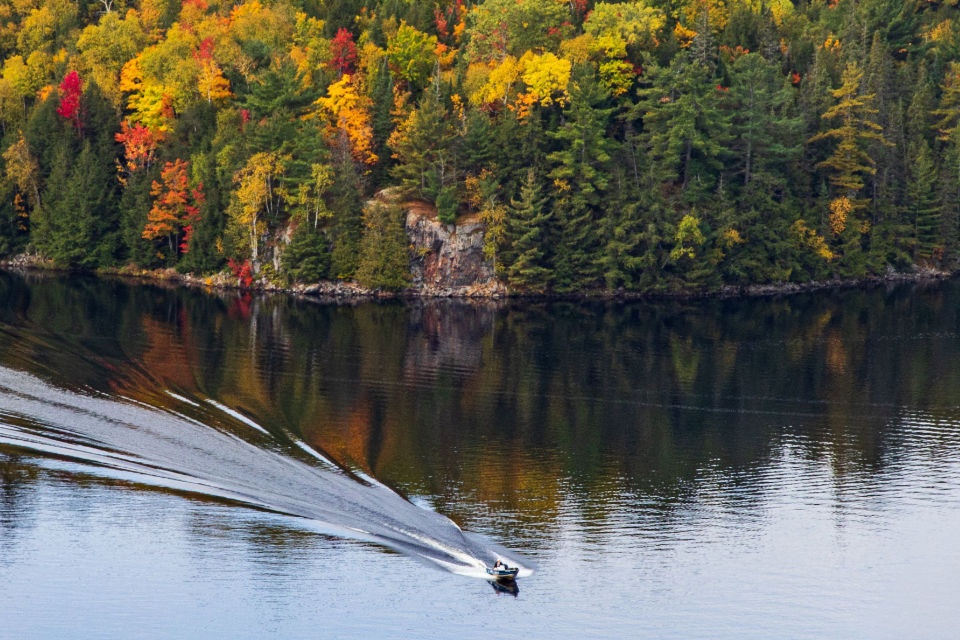Boating in October: How to Extend Your Season Safely
2025 Oct 9th
Most boaters have already started thinking about winterization by the time October rolls around. But if you're not ready to pack it in just yet, you're in for a treat. Fall boating offers something summer never can: empty marinas, glassy water, and those perfect crisp mornings where the only sound is your engine and maybe a few geese overhead.
The catch? Your boat needs a little extra attention this time of year. Here's what to watch for if you're planning to stretch the season a bit longer.
Your Cooling System Needs to Be Dialed In
Cold water is great for keeping your engine cool, but that doesn't mean you can slack on maintenance. A worn impeller or gunked-up heat exchanger will still cause problems — sometimes faster than in summer, since you're less likely to notice early warning signs when it's already chilly out.
Before you head out, take a look at your impeller, water pump seals, and thermostat. If any of them are questionable, swap them now. And throw a spare impeller kit in your toolkit. You'll thank yourself later.
Parts worth having on hand:
Belts and Hoses Don't Like the Cold
Rubber gets brittle when temperatures drop. That belt that was fine in July might decide to snap on a 45-degree morning in October. Same goes for hoses and clamps — anything that's been sitting all season is more likely to fail now.
Do a quick once-over before each trip. Look for cracks, stiffness, or anything that feels off. Replace it if you're even a little unsure.
What to check:
- Replacement Belts
- Hose Clamps
- Cooling Hoses
Condensation Is Your Fuel System's Enemy
When it's warm during the day and cold at night, you get condensation. And condensation means water in your fuel tank. Even a little bit can cause headaches — phase separation, corrosion, rough running.
Add a marine fuel stabilizer before your next outing, especially if there's any chance the boat will sit for a week or two between trips.
Cold Starts Can Be Stubborn
Engines don't love starting in the cold, especially if your battery is getting tired or your connections are corroded. Check your terminals, make sure everything's tight, and consider whether your battery has another season left in it. If it's been three years or more, you're on borrowed time.
A little electrical contact cleaner on the terminals goes a long way, too.
Pack for Shorter Days
The sun sets early in October. Really early. Bring a good flashlight, extra layers, and maybe an emergency blanket. Check your navigation lights before you leave the dock. And if you're heading out for more than a quick loop around the bay, let someone know where you're going.
It's the kind of stuff that feels unnecessary until it isn't.
Listen to Your Engine
One of the best things about fall boating is how quiet everything is. No jet skis, no party boats, just you and the water. That quiet also makes it easier to hear when something's off with your engine — a new rattle, a weird vibration, an idle that doesn't sound quite right.
If you hear something, deal with it now. Waiting until spring means you'll forget about it, and by then the problem will be worse (and more expensive).
Stock up before winter:
The Bottom Line
October boating is worth it. You just need to stay on top of a few things — cooling system, fuel quality, electrical connections, and the usual wear items. Do that, and you can keep running well past when everyone else has shrink-wrapped their boats.
Need parts? We've got JMP Marine, Sherwood, and Johnson Pump inventory ready to ship at BigBlueOceanMarine.com.

